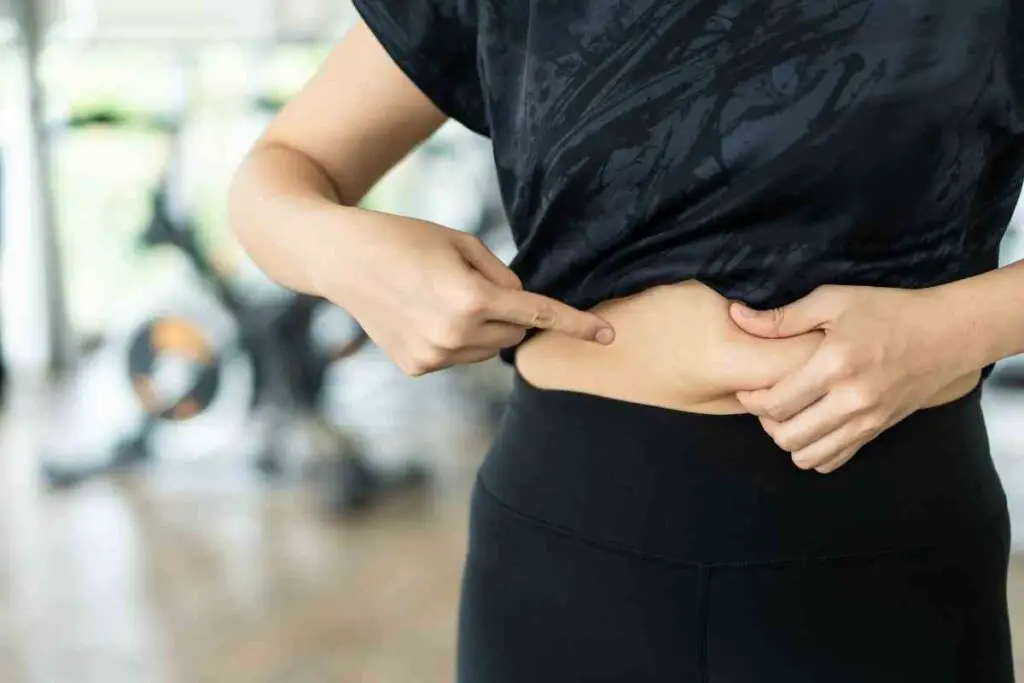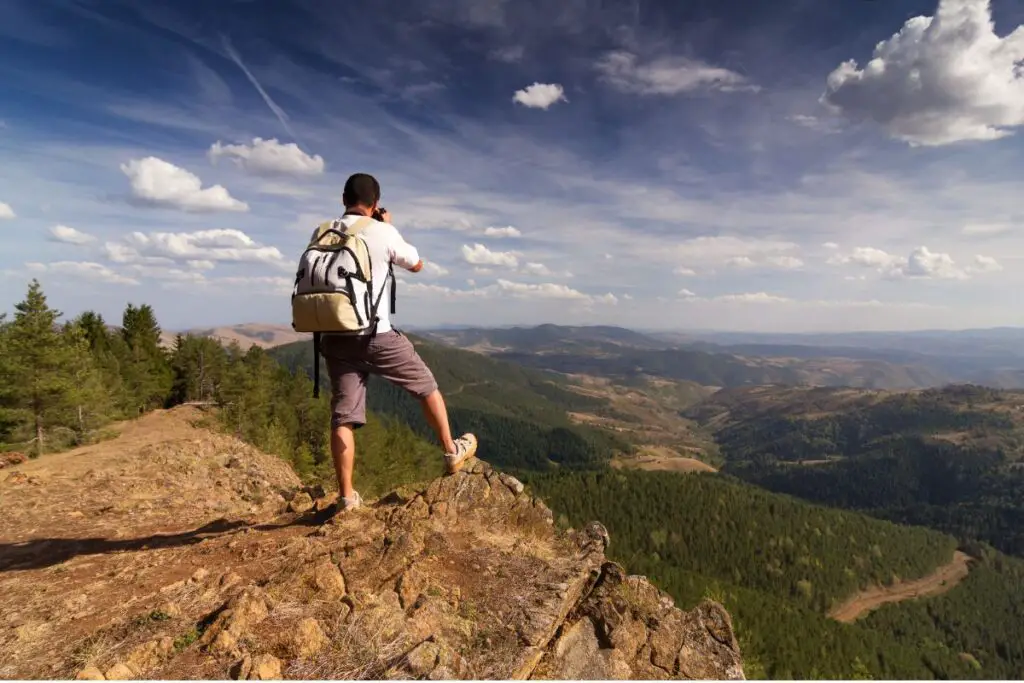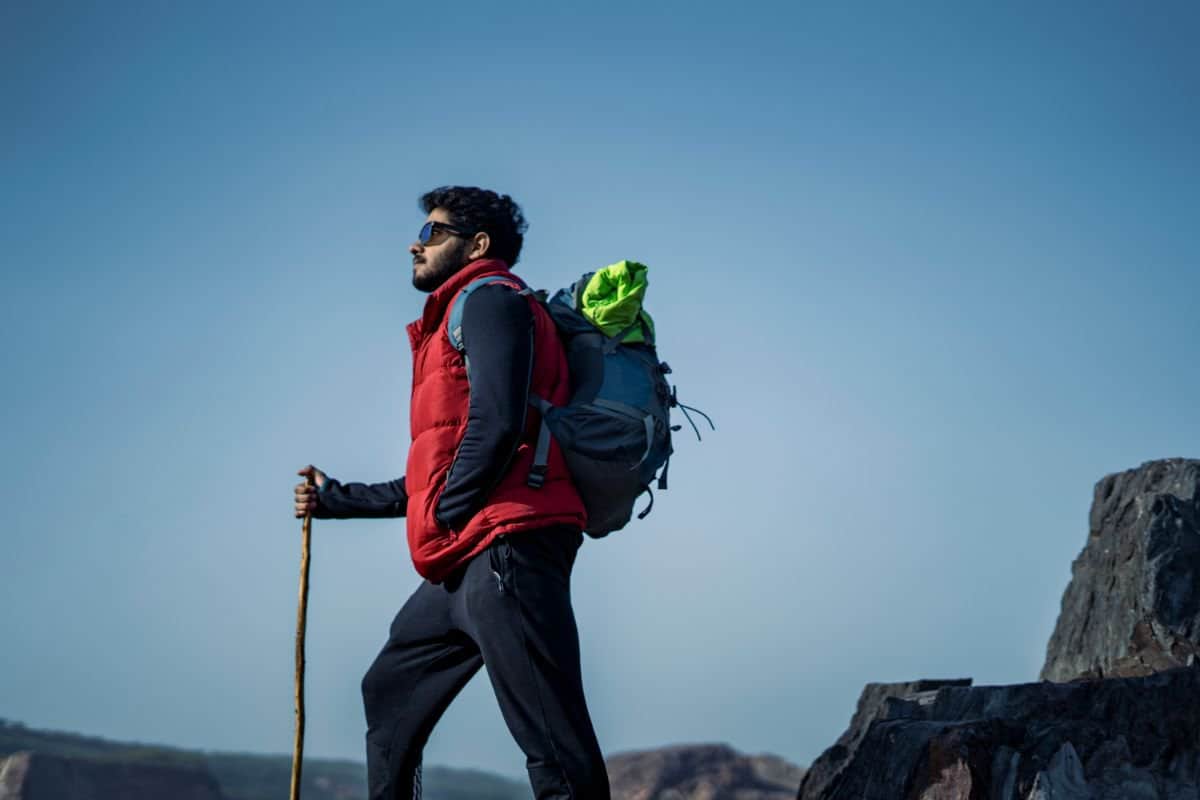Whether you’re trying to lose weight or simply become more active, you might well be wondering, “Does hiking burn belly fat?”
You will be relieved to learn that hiking does, in fact, burn belly fat. However, it is not as simple as it sounds.
So, if you want to understand how hiking can help you burn belly fat, keep reading below!
The Fundamentals Of Burning Belly Fat
The Types Of Fat
Let’s start by saying that spot-reducing fat is a myth. This means that there is no single method for reducing abdominal fat and that you must lose fat as a whole and then reduce the mass on your waistline.
Nevertheless, abdominal fat is distinct in a way and can be classified as visceral or subcutaneous. The type of fatty tissue that is visible to us is called subcutaneous fat.

Even though this is the type of fat we despise more than any other, visceral fat is the one that presents a bigger threat to our well-being.
Visceral fat accumulates on and around our internal organs and its existence is linked to a higher likelihood of death.
Even women with a healthy Body Mass Index are at a higher risk of dying from heart disease due to the presence of belly fat.
How Our Bodies Burn Calories
Even when resting, our bodies burn lots of calories, yet many of us usually consume far more calories than we burn.
To control this, individuals must monitor their food consumption and be physically active to burn off more calories than they take in. This is also known as the CICO (Calories In, Calories Out) approach.
Furthermore, there has lately been extensive discourse on whether an aerobic activity or strength training is preferable for losing weight.
Cardiovascular endurance, in particular, burns calories by raising our heart’s rhythm.
Find out – Is hiking good cardio?
Aerobic exercises are great at burning calories during our workout time, but once we are finished, the calorie-burn stops with us.

On the other hand, strength training with weights and resistance exerts our muscles and keeps our heart rhythm elevated, which burns more calories throughout the day.
This is known as EPOC (Excess Post-exercise Oxygen Consumption) which practically means that our bodies burn more calories after a workout, even if during it the number of calories burned might be lower than that we’d get from a 1-hour run.
Where are we going with this? To point out that hiking is an excellent method for combining these two elements and burning more calories during and after a hike.
Will Hiking Burn Belly Fat?
Hiking burns belly fat because it is a type of aerobic activity. It also helps to build muscular strength.
Hiking not only provides us with a great method for burning calories and losing weight, but it can also assist in strengthening our bodies.
The total calorie expenditure while hiking is determined by some variables, such as the hiker’s body mass, the ground conditions, and the pace of the hike.
Hiking for 30 minutes can burn about 150 calories for an average person. This figure grows when hiking up a hill. The energy required to hike uphill is much greater than that required to move on a level surface.
Terrain
The terrain you will cover when hiking as a whole can have an impact on the number of calories you burn while hiking.
Pathways with widely differing terrain and hilly spots or uphill hikes where more oxygen is required will put more strain on your muscle fibers than a simple and clear hiking trip with no hilly terrain or hurdles.

Fitness Level
Hiking burns more energy and thus more calories for beginner or novice hikers than for seasoned ones.
The reason behind that is each person’s body’s capability to adjust to physical exercise as they progress, which is commonly associated with someone being physically fit.
What does this mean? It is quite simple.
People that are physically fit and work out on a daily or regular basis have a lower calorie expenditure when hiking (and working out, in general) than beginners as they do not need to expend the same amount of energy for something that is easy for them to do.
A newbie in the gym pressing a 40kg barbell will need way more energy to do it than a weightlifter who can lift even 80kg. The same goes for hiking.
Body Mass
Hikers who weigh more will consume more energy than their slimmer peers, with, for example, a woman weighing 120 pounds burning around 336 calories in an hour and a woman weighing double that number burning twice the number of calories.
The more muscles your body has, the harder your muscles will be required to function to push you through your hike and overcome gravitational pull as you climb up hilly terrains.
Backpack Weight
Another thing that will significantly impact the calories you burn is the weight of your backpack.
Carrying a light backpack with a bottle of water, a protein bar and a pair of socks will not add up much to the total calorie burn number.

However, if you are carrying your shelter equipment, food, water, and clothes for 3 days, your backpack will be much heavier, resulting in your ‘total weight’ being much higher.
So, even if you are a 120 pounds woman, carrying another 20kg on your back would mean that you could burn the calories a 140-pound woman would.
And the harder the terrain, the more calories you’d end up burning.
Having said all this, you can now understand that while hiking cannot spot-reduce the fat in your belly area, it can certainly promote that fat loss by assisting you with overall fat loss.
The Bottom Line
Spot-reducing is a myth, and while hiking is not a ‘miracle’ workout that can help you do that, you can certainly lose belly fat with hiking by losing fat in general.
So, make sure to increase the distance covered and the hiking tempo as you become more experienced and you will see your body and belly more and more toned as the weeks and months go by!






